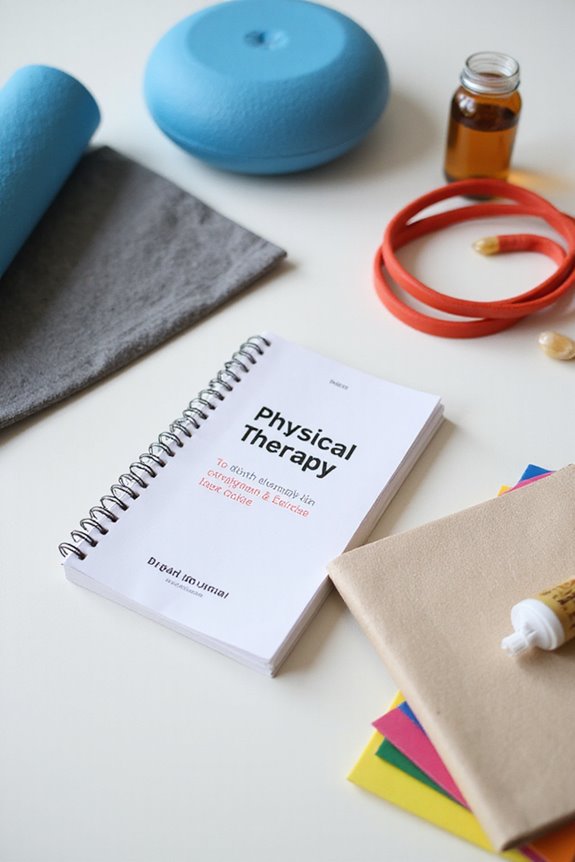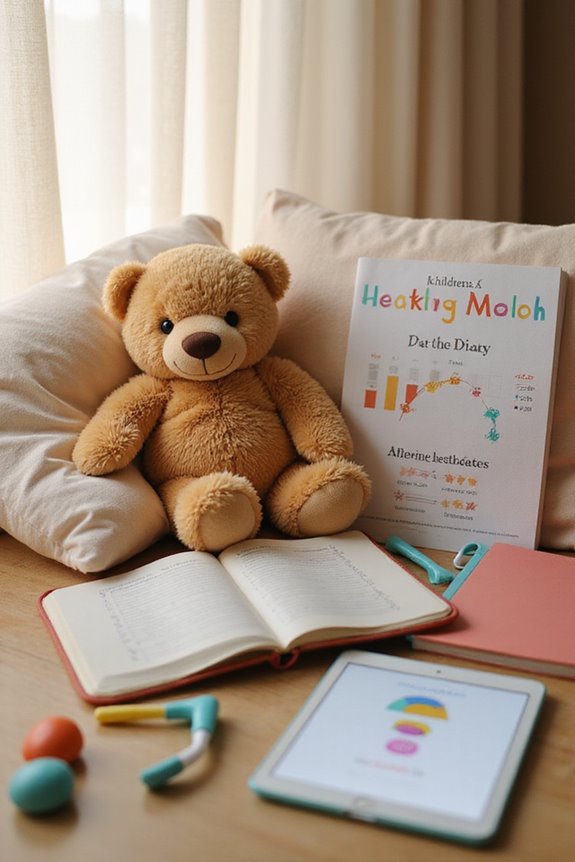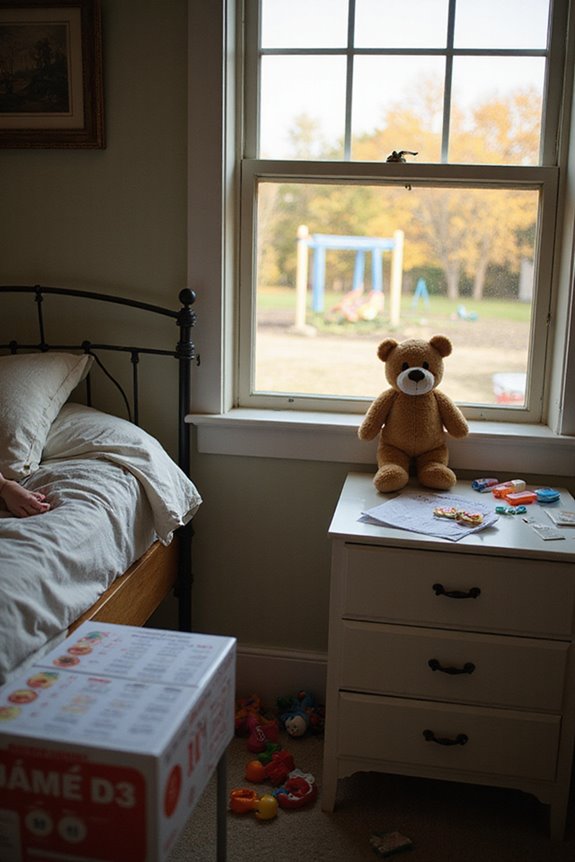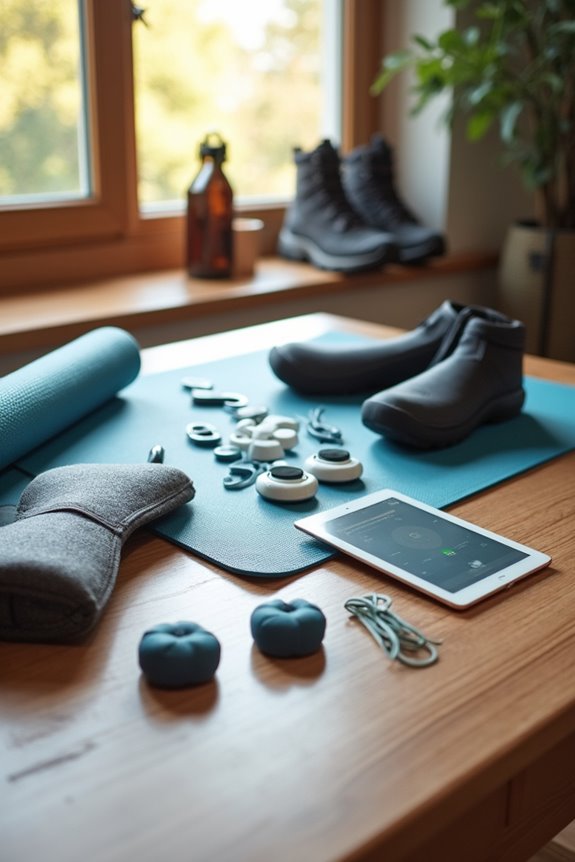Adolescents can develop chronic pain conditions, with global prevalence rates between 11% and 38%. Common types include headaches, musculoskeletal, and abdominal pain. Girls are considerably more affected than boys, particularly in headaches. Peak prevalence occurs around age 15-16, influenced by demographic factors such as socioeconomic status. Psychological distress, including anxiety and depression, exacerbates pain experiences. Chronic pain can severely impact daily life, affecting school attendance and social interactions. Further information on this topic reveals critical insights on intervention and management.
Key Takeaways
- Yes, adolescents can develop chronic pain conditions, affecting approximately 20.8% of this age group globally.
- Common types of chronic pain in adolescents include headaches, musculoskeletal pain, and abdominal pain.
- Higher prevalence rates are observed in girls, particularly for headaches and musculoskeletal issues.
- Psychological factors like anxiety and depression significantly increase the risk of chronic pain in adolescents.
- Chronic pain can disrupt daily life, impacting physical activities, school performance, and social interactions.
Understanding Chronic Pain in Adolescents
How prevalent is chronic pain among adolescents? Chronic pain affects approximately 20.8% of children and adolescents globally, with prevalence rates ranging from 11% to 38%.
Key insights include:
- Higher rates of chronic pain in girls compared to boys, particularly in headache and musculoskeletal pain (about 25.7%).
- Increased prevalence correlates with age and is influenced by multiple demographic factors.
- Chronic pain mechanisms involve complex interactions between biological, psychological, and social elements, including anxiety and depression.
- Adolescent pain management strategies must address these multifactorial aspects to be effective.
Understanding the nuances of chronic pain in this demographic is essential for developing tailored interventions and improving overall health outcomes.
Common Types of Chronic Pain

Chronic pain in adolescents manifests through various types, each with distinct characteristics and implications for health and daily functioning.
Headaches
- Common chronic pain complaints, including migraine and tension-type headache types.
- Associated with neurological symptoms, impacting school attendance and quality of life.
Musculoskeletal Pain
- Involves bones, muscles, and joints; conditions include juvenile idiopathic arthritis and fibromyalgia.
- Chronic low back pain is prevalent among teens.
Abdominal Pain
– Recurrent or functional abdominal pain is often idiopathic but linked to conditions like irritable bowel syndrome.
Complex Regional Pain Syndrome (CRPS)
– Affects limbs, characterized by allodynia and abnormal skin changes.
Neuropathic Pain
– Includes tingling or burning sensations; may coexist with other chronic pain conditions.
Effective pain management strategies are essential for these adolescents.
Demographic Trends and Prevalence
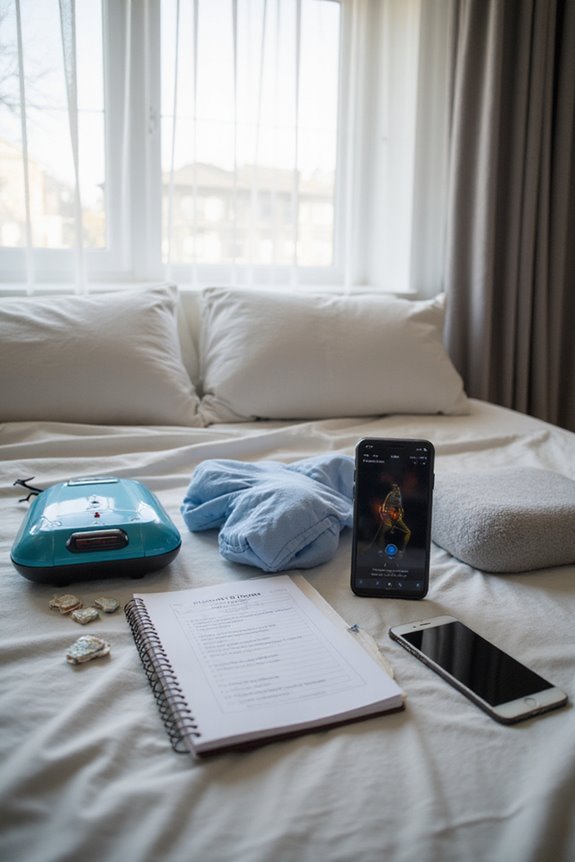
Understanding demographic trends and prevalence rates of chronic pain in adolescents provides insight into its widespread impact on this population.
- The median prevalence of chronic pain in children and adolescents ranges from 11% to 38%, with an overall prevalence of approximately 20.8%, indicating that 1 in 5 youths experience chronic pain.
- Headache and musculoskeletal pain are the most common types, with prevalence rates reaching 25.7%.
- Gender disparities are evident, as females report higher chronic pain prevalence than males, particularly during adolescence.
- Age trends show that prevalence peaks around 15-16 years, coinciding with significant developmental changes.
- Socioeconomic status influences prevalence, with lower socioeconomic groups experiencing higher rates, highlighting demographic disparities that warrant further investigation.
Psychosocial Factors Influencing Chronic Pain

What factors contribute to the experience of chronic pain in adolescents? Psychological distress plays a significant role, with conditions such as anxiety and depression increasing the odds of chronic pain by 50% and doubling the risk, respectively.
- Higher neuroticism correlates with greater vulnerability to pain.
- Fear of failure is linked to increased pain severity.
- Poor school satisfaction correlates with a 41% higher prevalence of chronic pain.
Social support is vital; lower levels are associated with increased pain experiences.
- Socioeconomic status impacts pain risk variably across demographics.
- Stigma surrounding mental health treatment limits access to necessary psychosocial therapies.
Acknowledging these psychosocial factors is essential for understanding the complexity of chronic pain in adolescents.
Impact of Chronic Pain on Daily Life

The impact of chronic pain on daily life for adolescents is profound, affecting various aspects of their physical, social, and academic functioning.
Physical Functioning
- Chronic pain limits physical activities, leading to decreased endurance and potential secondary health issues.
- Common conditions include musculoskeletal pain and headaches, which result in fatigue and school attendance issues.
Social Isolation
- Pain intensity can inhibit communication, prompting self-isolation and decreased peer interaction.
- This withdrawal negatively impacts emotional well-being and developmental processes.
Academic Impact
- Chronic pain disrupts concentration, leading to cognitive fatigue and absenteeism.
- Sleep disturbances further impair academic performance and engagement.
Effective pain management and lifestyle modifications are essential for addressing these challenges, promoting better overall quality of life for adolescents coping with chronic pain.
Importance of Early Intervention and Treatment
Chronic pain considerably affects adolescents’ lives, underscoring the need for early intervention and treatment strategies.
Early Assessment
- Chronic pain prevalence in adolescents ranges from 11% to 38%.
- Early identification is critical due to co-occurring symptoms such as insomnia, anxiety, and depression.
- Thorough mental health screening during early intervention enhances treatment effectiveness.
Timely Intervention
- Timely interventions can improve insomnia and self-rated health, aiding recovery.
- Younger patients are more likely to recover, emphasizing the necessity of early treatment.
- Accessible interventions, including cognitive behavioral therapy and mindfulness, show promise in managing pain and psychological distress.
Long-Term Impact
– Early intervention reduces the likelihood of chronic pain persisting into adulthood, addressing underlying issues effectively.
Frequently Asked Questions
What Are the Long-Term Effects of Chronic Pain in Adolescents?
Chronic pain in adolescents casts a long shadow, fostering social isolation and inflicting profound psychological impact. As young lives entwine with pain, dreams dim and connections fray, leaving echoes of struggle in their wake.
How Can Parents Support Adolescents With Chronic Pain?
Parents can support adolescents with chronic pain through emotional support and open communication. By encouraging autonomy while maintaining supportive guidance, parents foster resilience, helping adolescents navigate challenges and promote healthier coping strategies amidst ongoing pain experiences.
Are There Specific Treatments for Chronic Pain in Adolescents?
Specific treatments for chronic pain in adolescents include medication management and cognitive therapy. Combining these approaches with physical rehabilitation and supportive interventions fosters a holistic environment, promoting recovery and enhancing the adolescent’s sense of belonging and well-being.
Can Lifestyle Changes Help Manage Chronic Pain in Teenagers?
When it comes to managing chronic pain in teenagers, lifestyle changes can be a game changer. Dietary adjustments and tailored exercise routines foster resilience, enhancing overall well-being and providing a sense of community and belonging.
What Role Does Physical Therapy Play in Adolescent Chronic Pain Management?
Physical therapy techniques, combined with patient education, play a crucial role in managing adolescent chronic pain. Structured exercise and knowledge about physical activity enhance functional outcomes, fostering a sense of belonging and support among affected youth.

